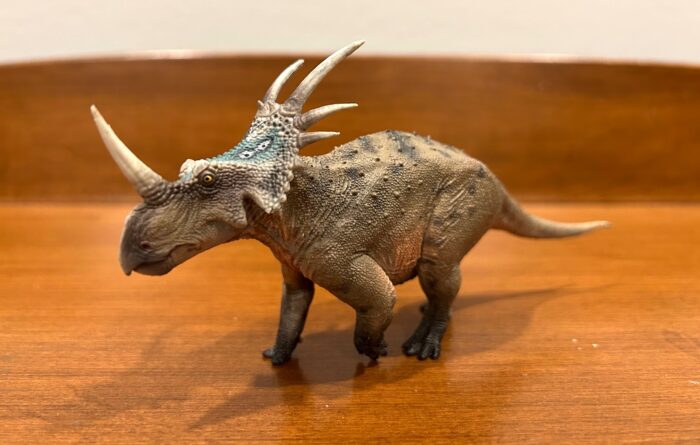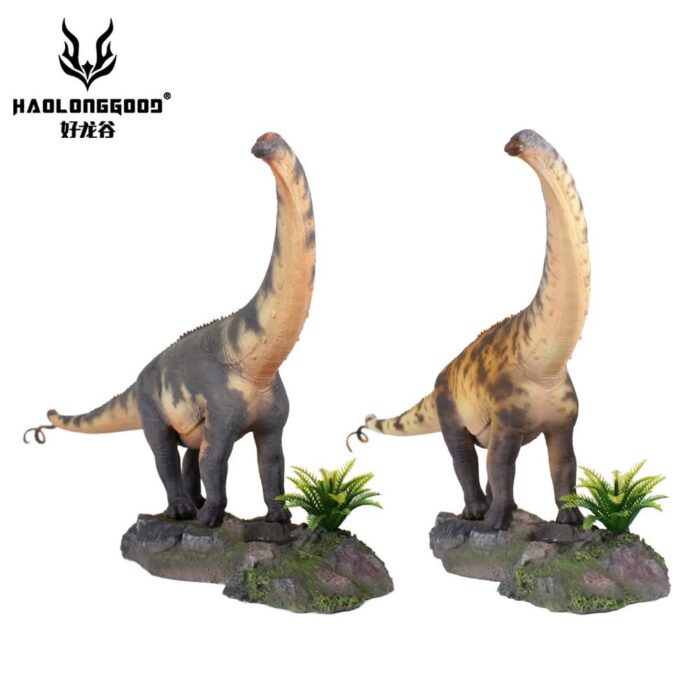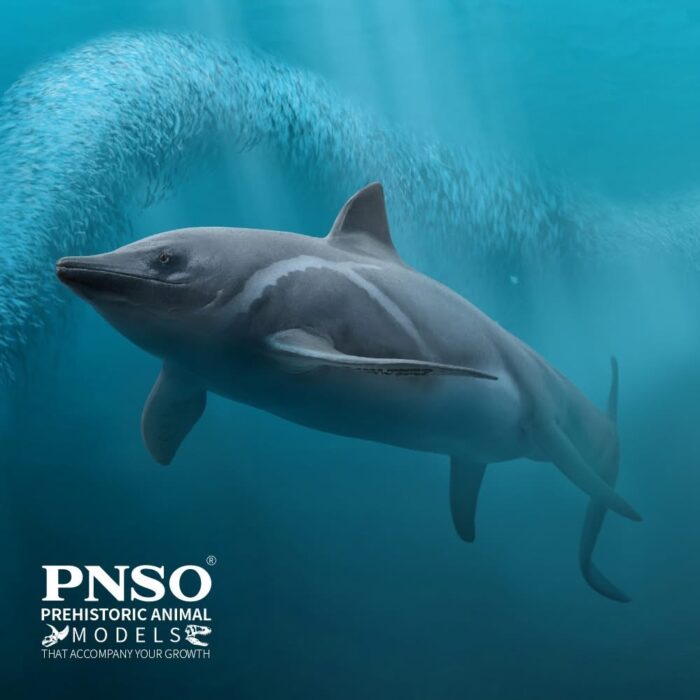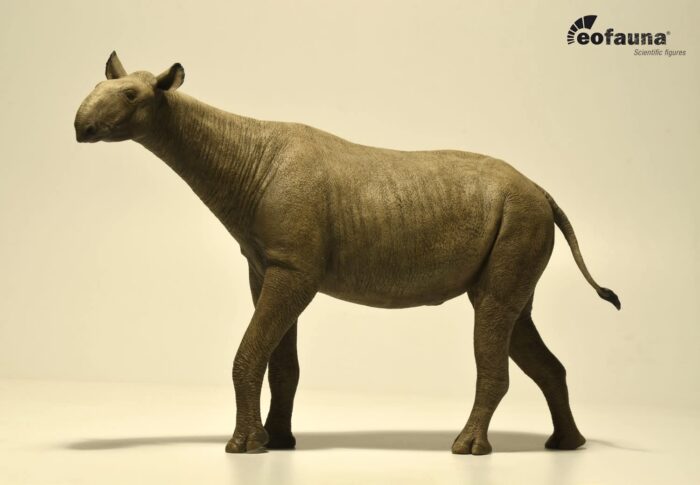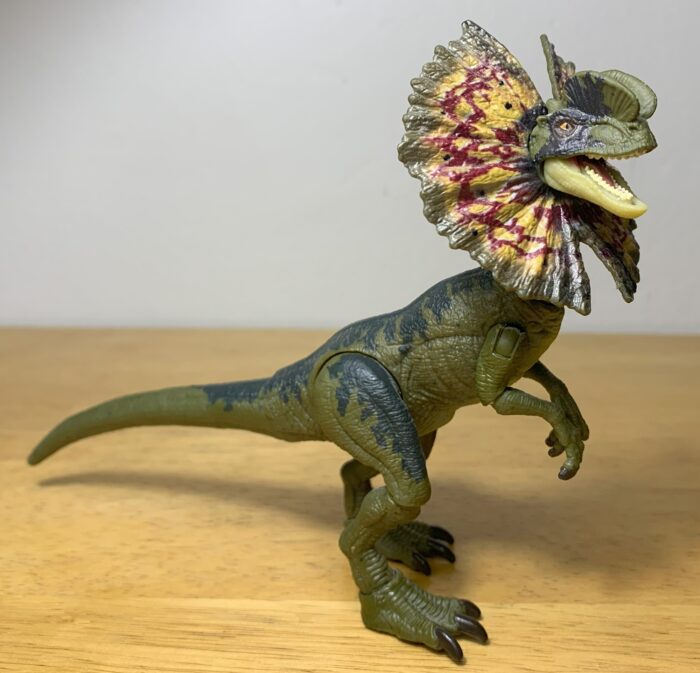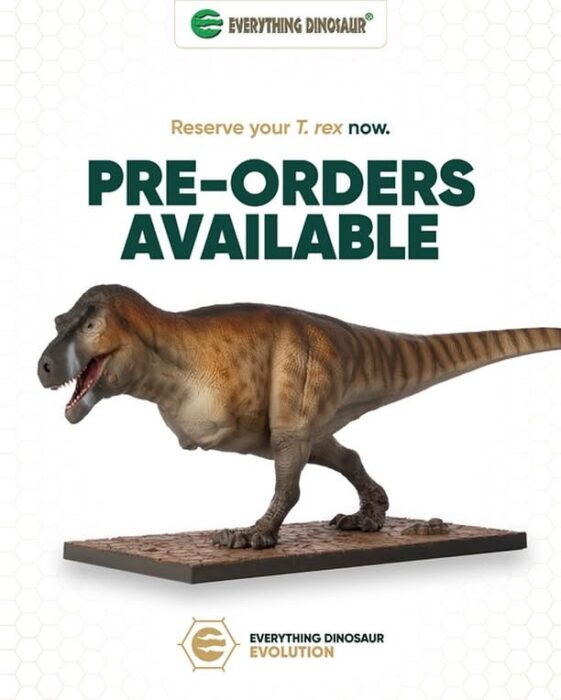Thraex is becoming exasperated. How much longer can he endure this torment, this agony? With every step, with every second, it gets worse and worse. He was right here in this very forest only yesterday, but today he cannot seem to retrace his steps.
Review: Utahraptor (Jurassic World: Rebirth, Wild Roar by Mattel)
News: Upcoming releases from Haolonggood (New for 2025)(Pt.9)
Review: Tyrannosaurus rex (Convention Crasher Exclusive)(The Lost World: Jurassic Park, Hammond Collection by Mattel)
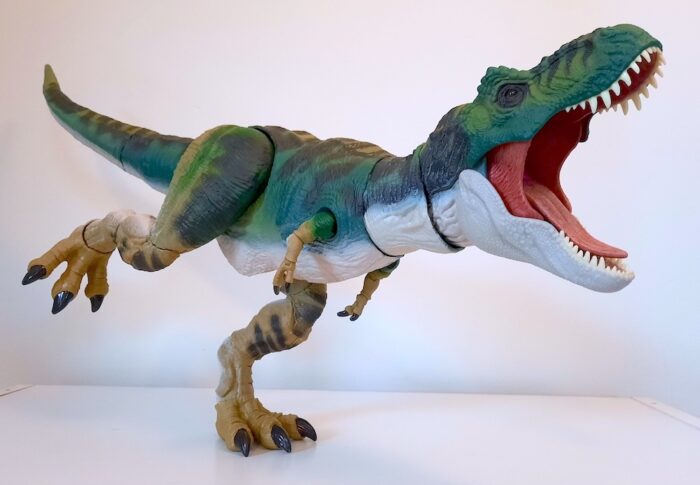
Review and photographs by Noideaforaname, edited by Suspsy
The Lost World: Jurassic Park is my favorite of the series thanks in no small part for its portrayal of Tyrannosaurus rex as both savage predators and caring parents, and I have been hoping for a Hammond Collection “Buck” ever since the release of “Rexy” and “Junior.” In 2023, Mattel offered the Buck as a stretch goal to their ill-fated Jurassic Park Gates crowdfund, and tried again in 2025 as a San Diego Comic Con/Mattel Creations exclusive–and succeeded.
Review: Majungasaurus (Haolonggood)

At the same time that Tyrannosaurus rex ruled North America, Majungasaurus was the apex predator of Madagascar, basically filling the same niche as the tyrant lizard on the other side of the world. But Tyrannosaurus was a 40’ (12 meter) long predator that could swallow a human whole, while Majungasaurus maxed out at around 23’ (7 meters) and could have looked you in the eye.
News: Upcoming release from PNSO (New for 2025)(Pt.7)
News: Upcoming release from Eofauna (New for 2026)
News: Upcoming releases from Recur (New for 2025)
Review: Quetzalcoatlus (TNG)
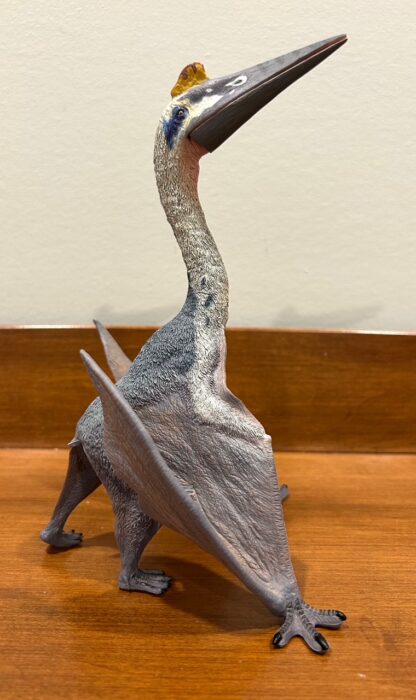
When news of the discovery of Quetzalcoatlus first began breaking back in the late 1970s, it inspired a wave of paleoart depicting a rather bizarre and somewhat unnerving creature that ended up bearing very little resemblance to the mighty azhdarchid. The very first rendition appears to have been by Giovanni Caselli in 1975.
Review: Dilophosaurus (Jurassic Park, Hammond Collection by Mattel)
News: Upcoming release from Everything Dinosaurs Evolution (New for 2025)(Pt.3)
Review: Mosasaurus (Jurassic World: Rebirth, Bite ‘N Blast by Mattel)

I generally don’t have favorable opinions about the Jurassic World trilogy, but I’ll give them credit for one thing: reinstating Mosasaurus as the A-List paleo-media star it deserves to be. Mosasaurus has been a staple of Mesozoic media since its discovery two centuries ago now; but thanks to its prominent appearances in the Jurassic World films, the mighty quasi-lizard of the ocean has been thrust front and center into widespread fame once again.

